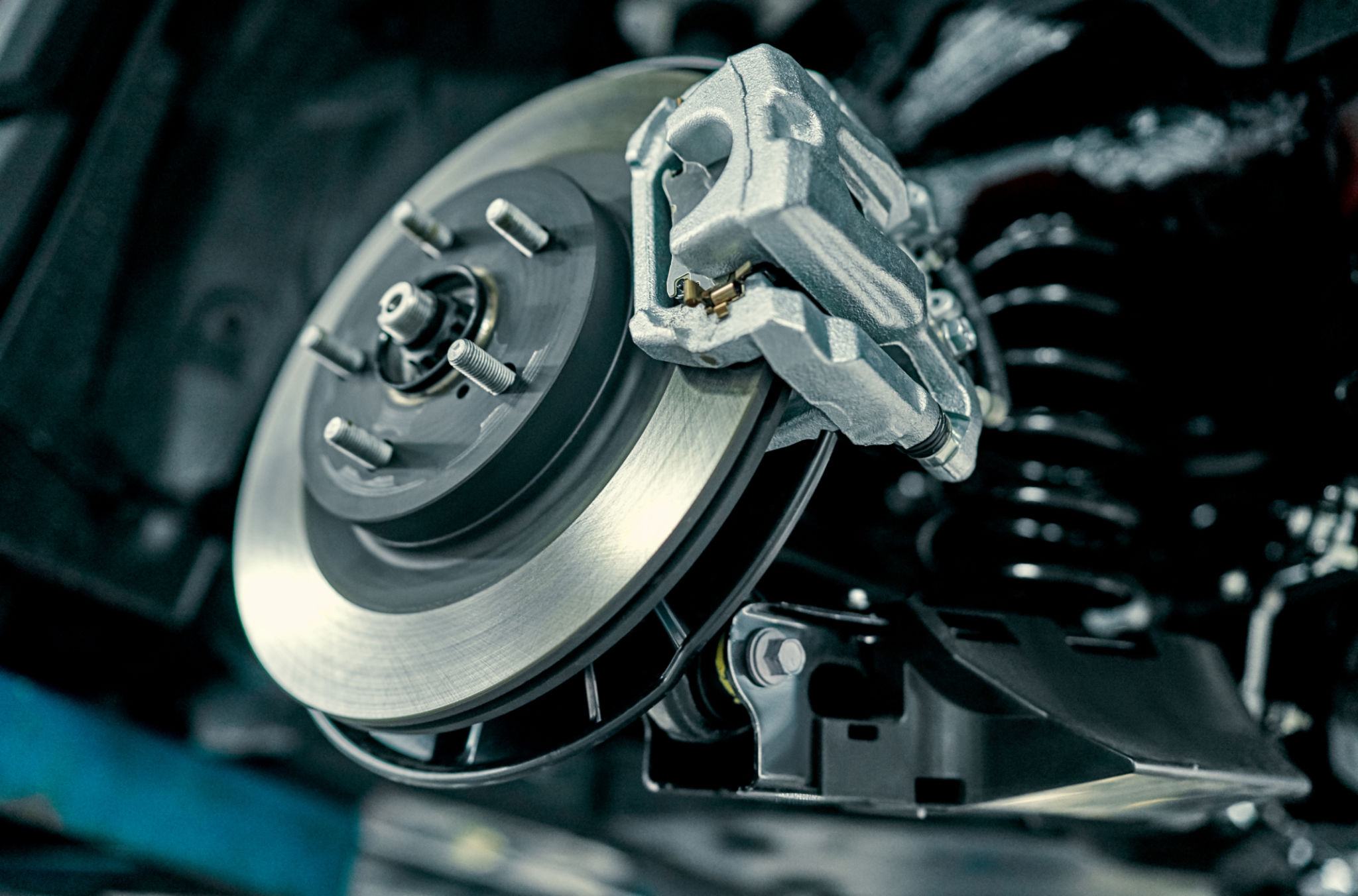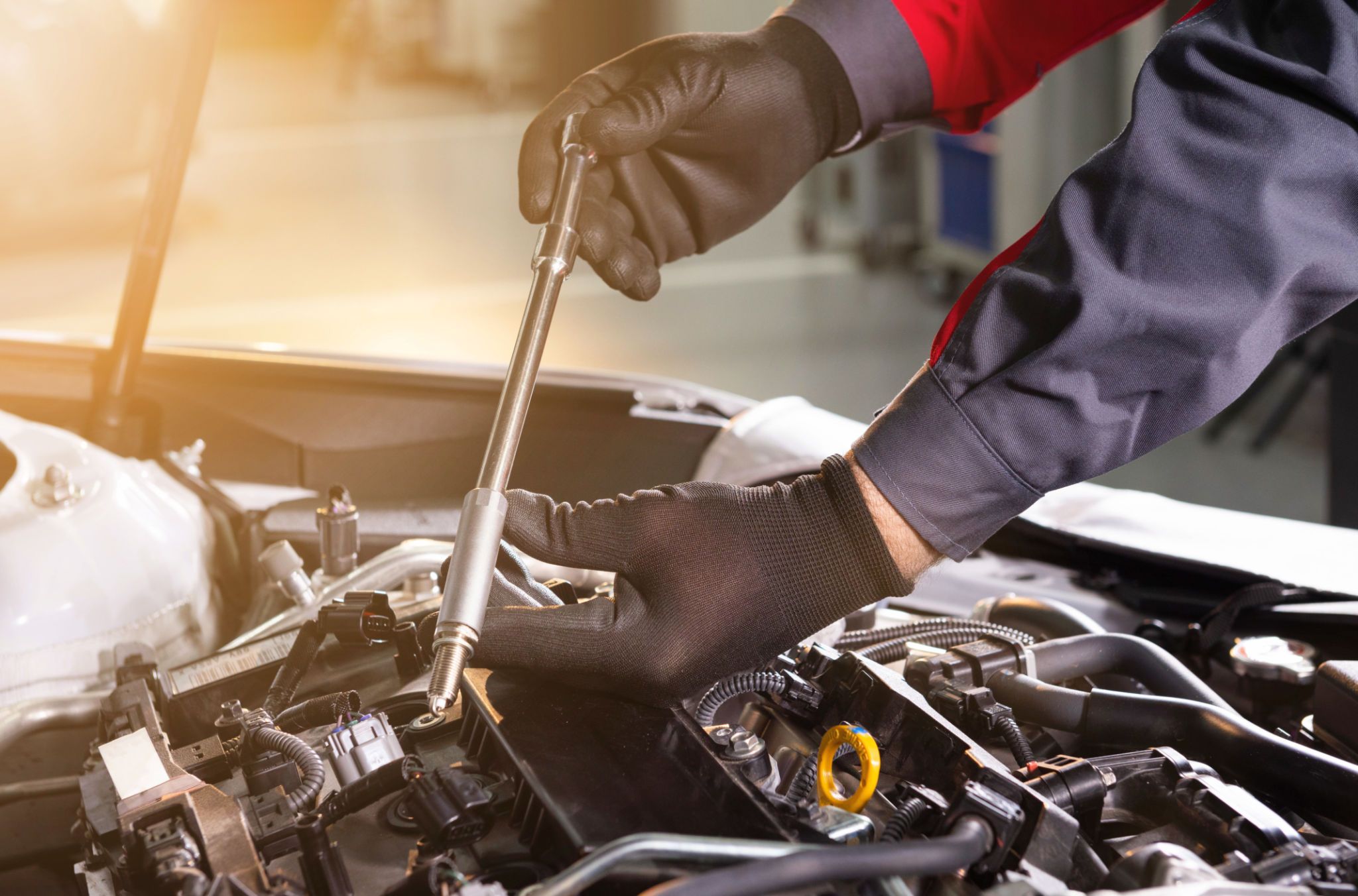The Importance of Regular Brake Fluid Flushes for Vehicle Safety
Understanding Brake Fluid and Its Role
Brake fluid is a crucial component of your vehicle's braking system. It acts as a hydraulic agent that transfers force from your foot on the brake pedal to the brake pads or shoes, enabling your car to stop efficiently. Without an adequate and properly functioning brake fluid, your vehicle's braking system could fail, leading to dangerous situations.
Over time, brake fluid absorbs moisture from the air, which can significantly affect its performance. This moisture can lower the boiling point of the brake fluid, potentially leading to vapor lock or brake failure. Thus, regular brake fluid flushes are essential for maintaining optimal vehicle safety.

Why Regular Brake Fluid Flushes Matter
Regular brake fluid flushes are vital for several reasons. Firstly, they help remove moisture and contaminants from the brake system, ensuring that the fluid remains effective under high temperatures and pressure. This process helps prevent corrosion within the brake lines and components, extending their lifespan.
Secondly, regular flushes help maintain the brake fluid's boiling point. When the boiling point is compromised, it can lead to brake fade or complete failure during heavy braking situations. Therefore, keeping the brake fluid clean and fresh is crucial for ensuring consistent and reliable braking performance.

Signs Your Brake Fluid Needs Attention
There are several signs that indicate it's time for a brake fluid flush. One of the most common signs is a spongy or soft brake pedal. If you notice that your brakes feel less responsive, it's a good idea to check the brake fluid condition. Additionally, if your vehicle's ABS light is illuminated on the dashboard, it could be a signal that the brake fluid needs attention.
Another indication is dark or murky brake fluid. Fresh brake fluid is typically clear with a slight amber tint. Over time, as it absorbs moisture and contaminants, it becomes darker. Regularly inspecting the color of your brake fluid can help you determine when a flush is necessary.

The Process of a Brake Fluid Flush
The process of flushing brake fluid involves removing the old, contaminated fluid from the braking system and replacing it with new, clean fluid. This is typically done by a professional mechanic who will ensure that all air bubbles are removed from the system, which could otherwise affect braking efficiency.
A thorough flush involves bleeding each brake line until new fluid is visible. This ensures that all parts of the system are filled with fresh fluid, providing optimal performance. It's generally recommended to have a brake fluid flush every two years or as per your vehicle manufacturer's guidelines.
The Cost of Neglecting Brake Fluid Maintenance
Neglecting regular brake fluid maintenance can lead to costly repairs and pose significant safety risks. If moisture accumulates and causes corrosion in the brake lines, you may need to replace these components prematurely. More importantly, neglecting this maintenance can compromise your vehicle's ability to stop effectively, increasing the risk of accidents.
Investing in regular brake fluid flushes not only enhances vehicle safety but also provides peace of mind knowing that your braking system is functioning at its best.
Final Thoughts on Brake Fluid Maintenance
Maintaining your vehicle's braking system should be a top priority for every car owner. Regular brake fluid flushes are a simple yet effective way to ensure safe driving conditions. By being proactive about this maintenance task, you not only extend the life of your vehicle's braking components but also safeguard yourself and others on the road.
If you're unsure about when to schedule a brake fluid flush, consult with a trusted mechanic who can provide guidance based on your specific vehicle model and driving habits. Prioritizing regular maintenance will keep your car running smoothly and safely for years to come.